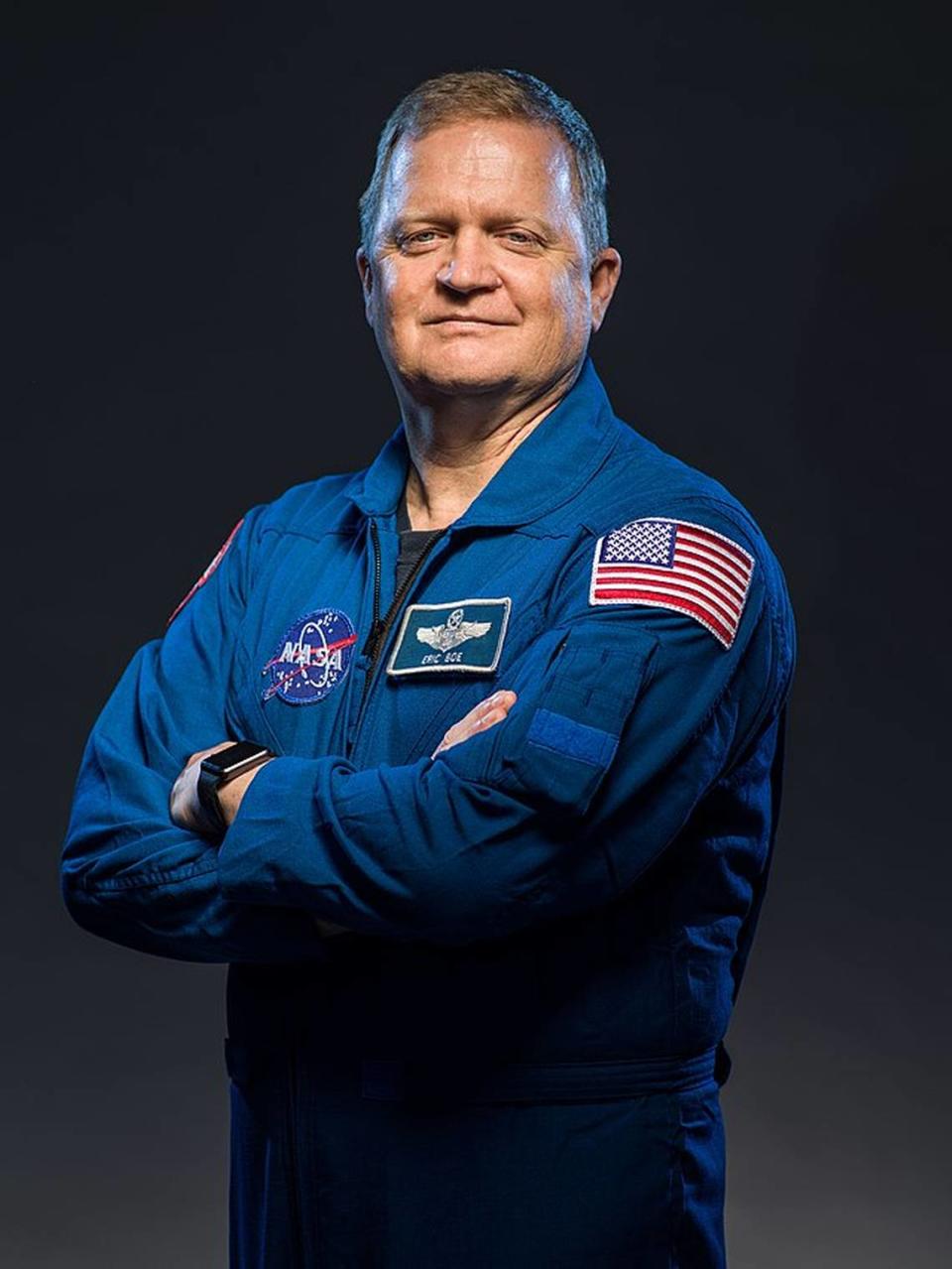Jeff Bezos isn’t the only Miami school grad to go to space. He’s got some company
- Oops!Something went wrong.Please try again later.
The Blue Origin isn’t the first rocket with Miami roots.
Jeff Bezos has had his sights set on space from an early age and as a teen in South Florida. But there have been others, including a fellow Miami Palmetto Senor High graduate, Dominic Gorie, a NASA astronaut who traveled into space four times.
The dream to go into space seems to be in the air in Miami.
Even when Bezos was a student at Palmetto, where he graduated as valedictorian in 1982, the Amazon founder and Washington Post owner’s youthful aspiration was to “build space hotels, amusement parks, yachts and colonies for two or three million people orbiting around the Earth.”
Here’s a look at some others with Miami roots who have made the trip:
William B. Lenoir — 1967
William Lenoir was born in 1939 in Miami and attended Coral Gables High School. He went on to earn a PhD from MIT, where he also taught electrical engineering later in his career, according to NASA.
In 1967, NASA picked Lenoir for its sixth astronaut group and second class of scientist-astronauts, according to Space.com. He was a backup for several missions following his training, but didn’t go into space until 15 years later as part of the STS-5 space shuttle mission.
Lenoir went to space as the first flight engineer for five days in 1982 on what came to be known as the “We Deliver” mission, according to Space.com. More than being just Lenoir’s first time in space, the mission, which launched from the Kennedy Space Center in Florida, was a milestone: It was the first operational flight of the shuttle Columbia and it carried the largest crew of four people into space at the time. Onboard television tape of the mission was played at the control center later that evening and was then broadcast to the world.
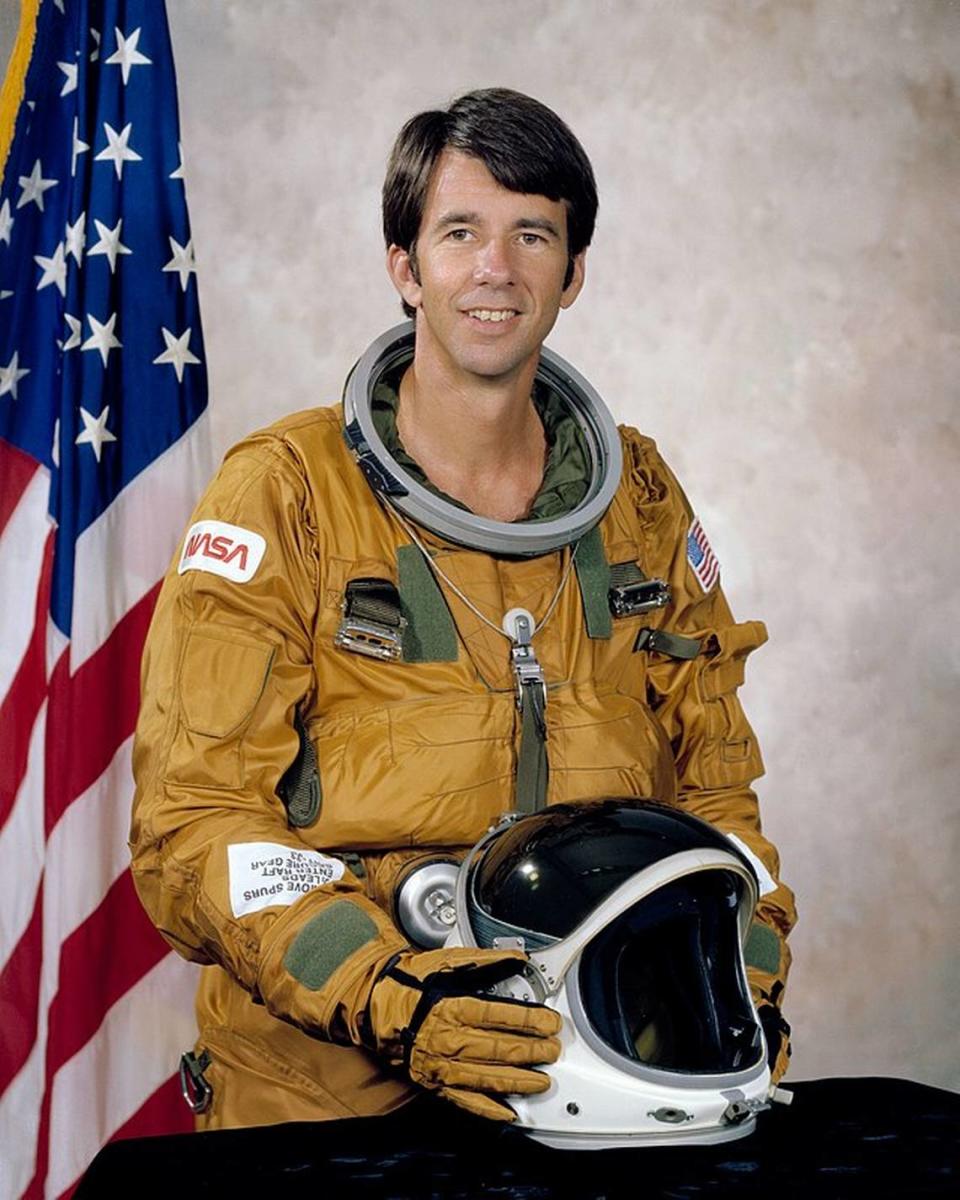
Senator Bill Nelson — 1986
Though he grew up in Melbourne, the former U.S. senator from Florida was born in Miami.
While in Congress, Nelson was a strong supporter for the space program, and the stars aligned for him when he was House space subcommittee chair. In the 1980s, NASA was making plans to send non-professional astronauts into space, so Nelson started training. He completed a year of training at the Johnson Space Center in Houston. In 1986, Nelson spent six days aboard the Columbia space shuttle as a payload specialist on the STS-61C mission. The mission and the lead-up were not easy, but the longtime advocate for space travel knew it was important to his day to day efforts in Congress.
“If I was going to speak about the space program accurately in Congress, I wanted to feel what the astronauts felt,” he wrote in his 1988 memoir “Mission.”
He now serves as the NASA administrator in the Biden administration.
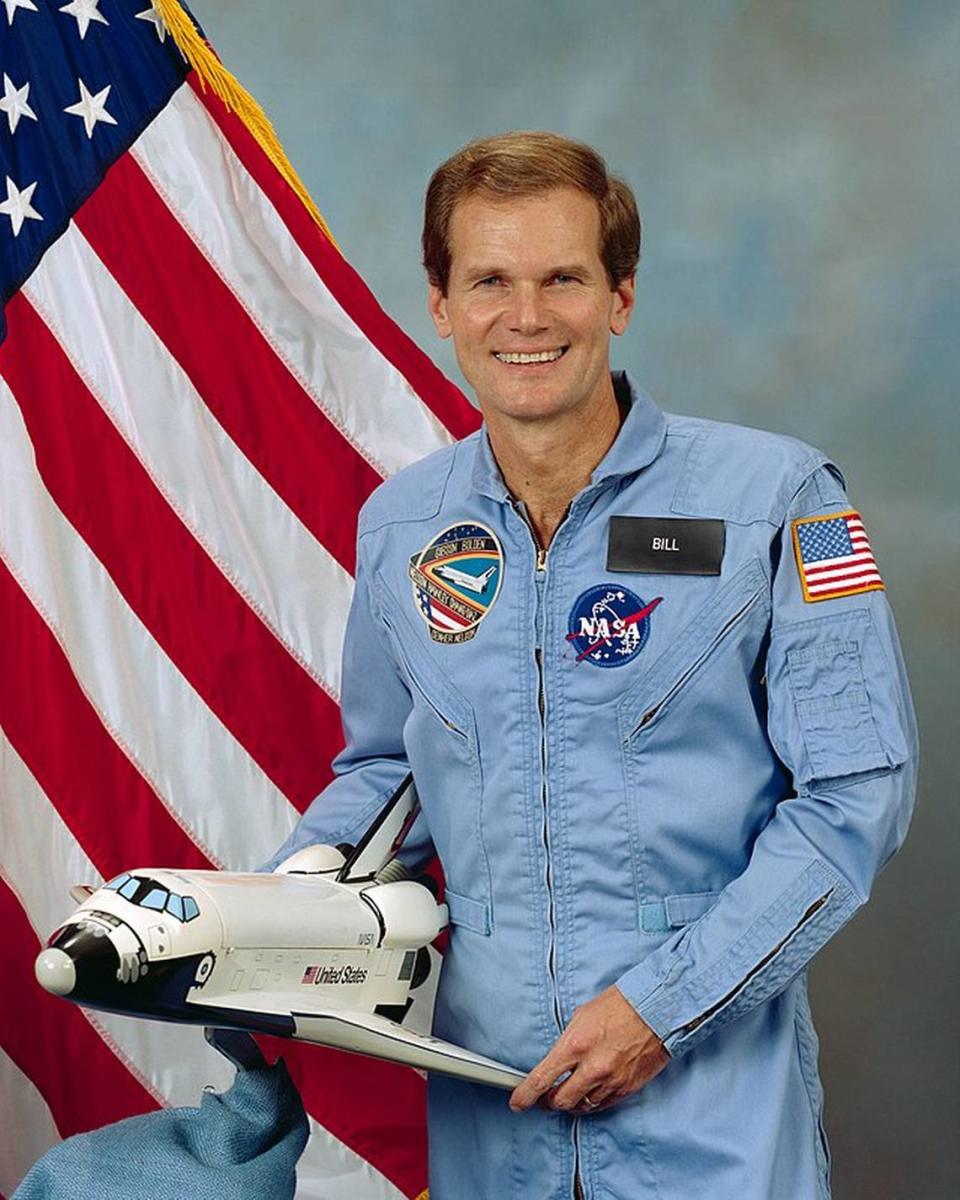
Winston Scott — 1992
Winston Scott, another Coral Gables Senior High School graduate, traveled over 10 million miles and spent a total of just over 24 days across two missions in space, according to NASA. His specialty? Spacewalks.
Scott took three spacewalks for a total of 19 hours and 26 minutes during his missions to assist in technical planning for the International Space Station and the Spartan satellite, according to NASA.
During his first mission, STS-72, Scott worked mostly on the International Space Station, taking a seven-hour spacewalk, including riding the end of the robot arm to test spacesuit resistance to the cold conditions of space, according to NASA. On his second mission, STS-87, he and another crew member captured the Spartan science satellite and tested techniques and tools to assemble the International Space Station.
Before becoming an astronaut, Scott graduated from the Naval Postgraduate School with a master’s degree in aeronautical engineering with avionics and spent more than 4,000 hours flying for the U.S. Navy, according to NASA.
Scott is one of nine NASA Black astronauts to fly to space.
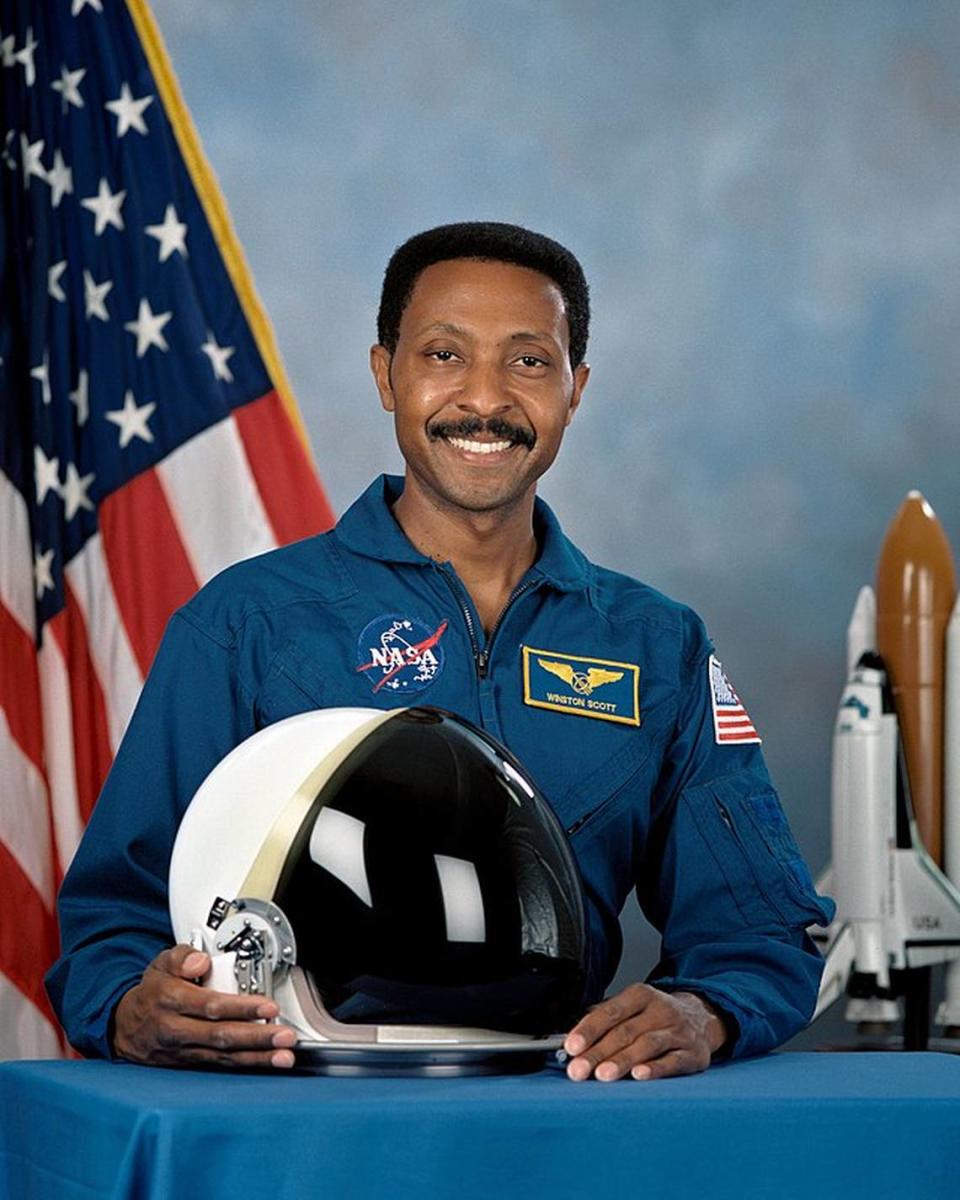
Dominic Gorie — 1994
Dominic L. Pudwill Gorie graduated from Miami Palmetto High School in 1975, and earned a bachelor’s degree in ocean engineering from the U.S. Naval Academy and a master’s of science in aviation systems from the University of Tennessee, according to NASA.
During his time working for NASA, Gorie traveled into space four separate times.
His first mission in 1998, STS-91, which was the final Shuttle-Mir docking mission and ended the joint U.S. and Russian Phase I Program, spanned 154 Earth orbits, traveling 3.8 million miles in 235 hours and 54 seconds, according to NASA. His second mission, STS-99, was an 11-day trip to map the topography of more than 47 million miles of the Earth’s land surface. Gorie’s third mission was to the International Space Station during which he traveled 4.8 million miles. During his final mission in 2008, also to the ISS, his crew completed 250 orbits of the Earth, going more than 6 million miles in 15 days and 18 hours.
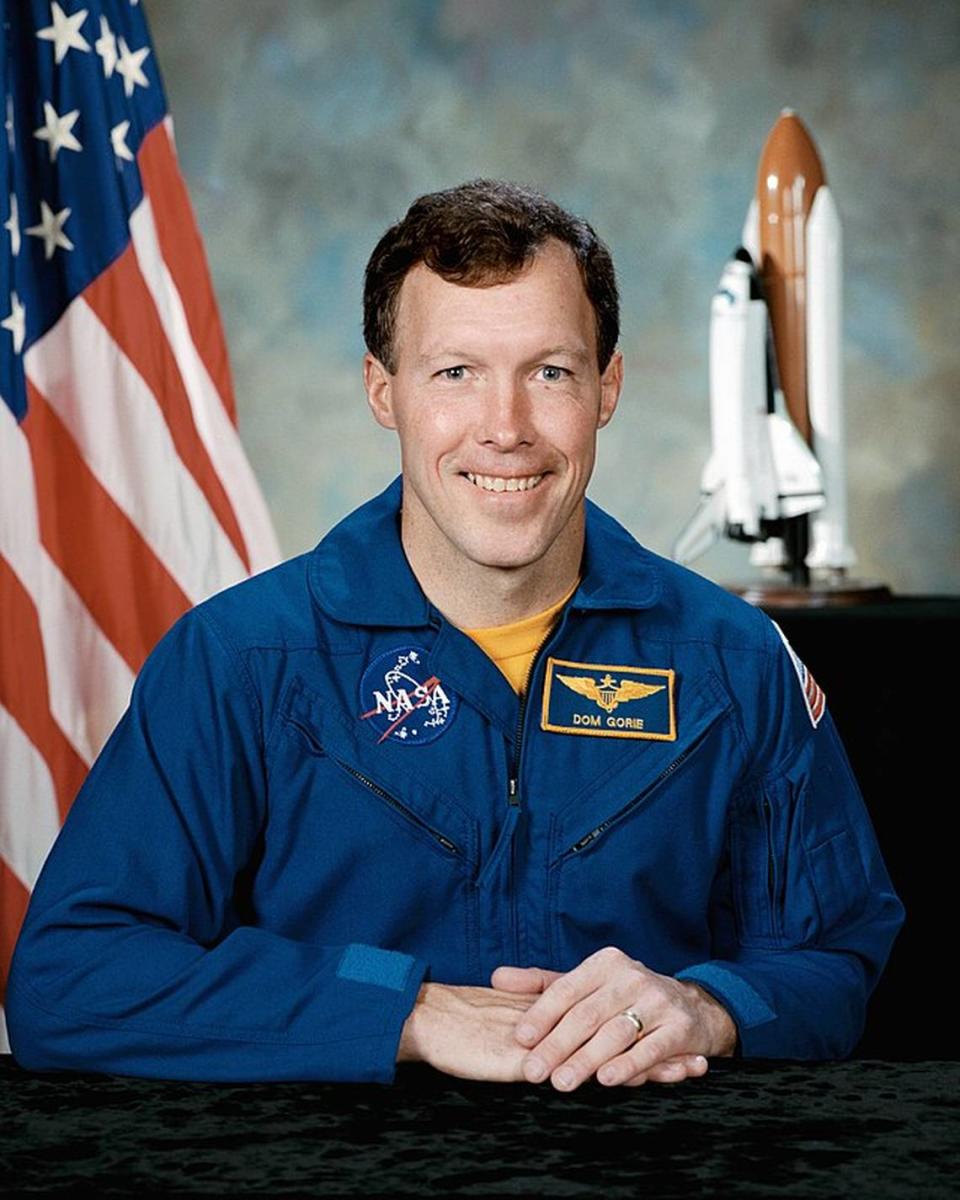
Thomas Mattingly II — 1996
Thomas K. Mattingly II attended Miami Edison High School and earned a bachelor’s degree in aeronautical engineering from Auburn University in 1958, according to NASA. Mattingly was an astronaut support crew member for Apollo 8 and 11.
He was scheduled to be on the Apollo 13 mission but was taken off flight status 72 hours before it launched because he had been exposed to measles.
He took three space flights with a total of 504 hours in space, including more than an hour of extravehicular activity during Apollo 16, according to NASA.
Before his career as an astronaut, Mattingly earned his Navy wings in 1960. He has spent 7,200 hours of flight time, 5,000 of which were in jet aircraft.
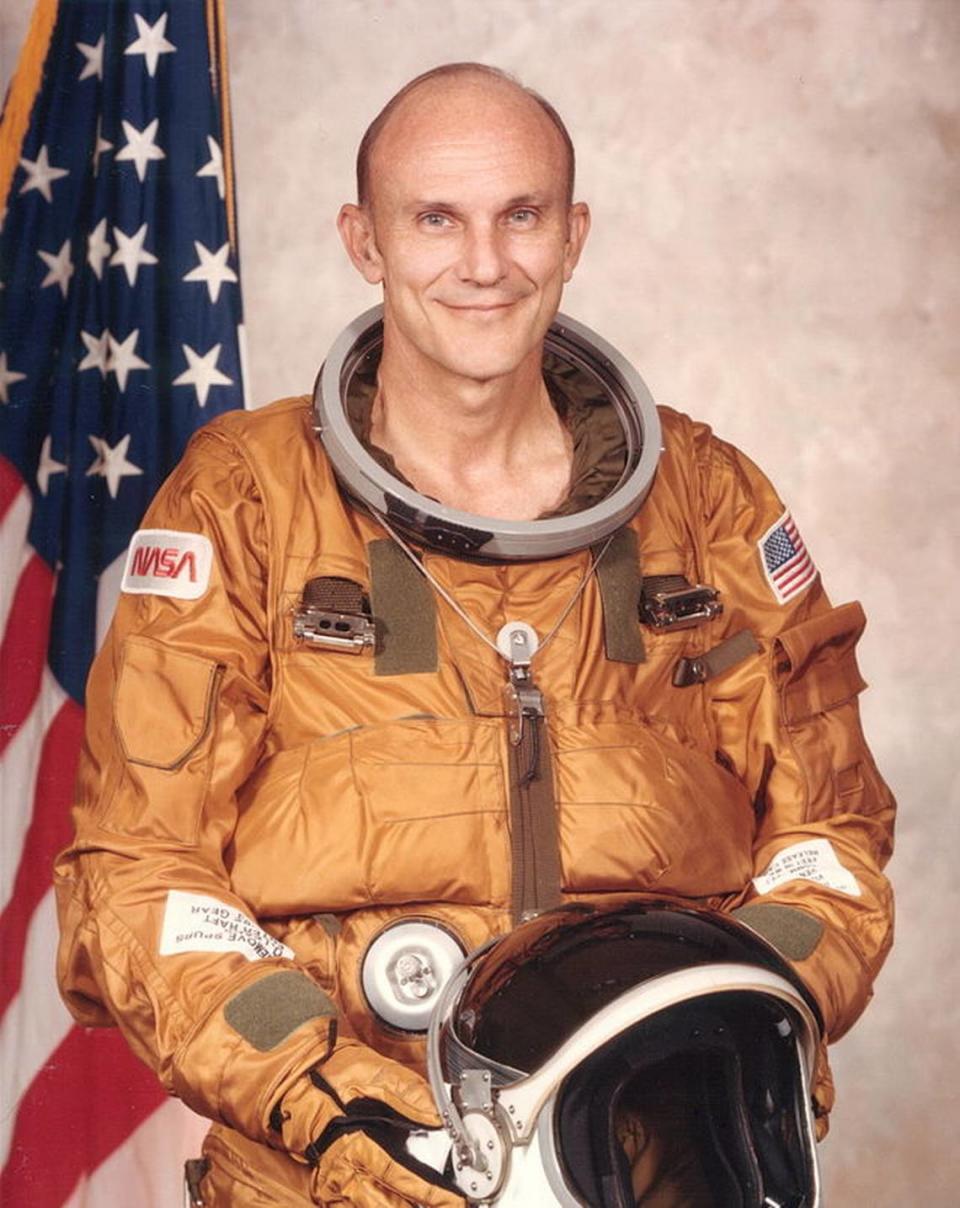
Eric Boe — 2000
Eric Boe was born in Miami and grew up in Atlanta. He was selected as an astronaut in 2000 and completed two years of training at the Johnson Space Center, according to NASA. Boe completed two spaceflights during his career as an astronaut.
He was a pilot on his first mission in 2008, STS-126 Endeavour, which launched from the Kennedy Space Station and lasted 16 days, and grew the living area of the ISS to accommodate six members. Renovations included installing a new bathroom, kitchen, two sleeping quarters, an exercise machine, and a water recycling system. On the trip, his crew traveled 6 million miles, completing 251 orbits.
Boe was also the pilot on his second mission, the STS-133 Discovery, which lasted 13 days and was the final mission for Space Shuttle Discovery. The crew of the flight upgraded the system on the ISS, including delivering the Permanent Multipurpose Module and fourth Express Logistics Carrier to the ISS. The flight took 202 orbits around the Earth over 5.3 million miles.
